PAINTINGS
AJANTA
CAVE PAINTINGS
the many-splendoured delights of Ajanta compiled by Subramanian Swaminathan
e-mail: sswami99@gmail.com
September 2007
Symbolism in Indian Art
The parts of the body should resemble,
and be based on, similes drawn from plant or animal-life.
Sensuous lips are ripe and full like
the bimba-fruit; fingers likened to lotus-petals. Here the allusion
is not to the form but to the content, to the mood. It is a
suggestion and not realistic likeness.
Bodhisattva Padma-pani's divine face
has the shape of an egg. His shoulders are like massive domed head
of an elephant, and arms like its tapered trunk. His hands are supple
like a flower-bud.
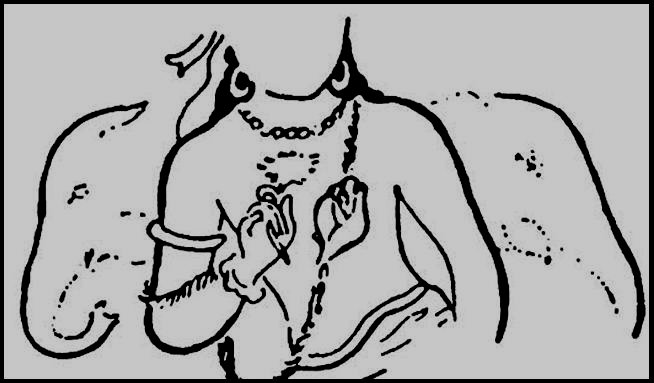
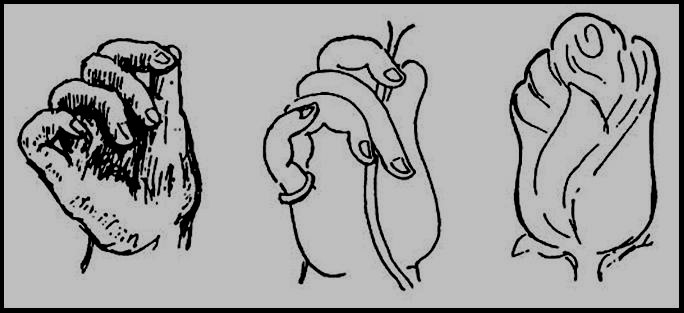
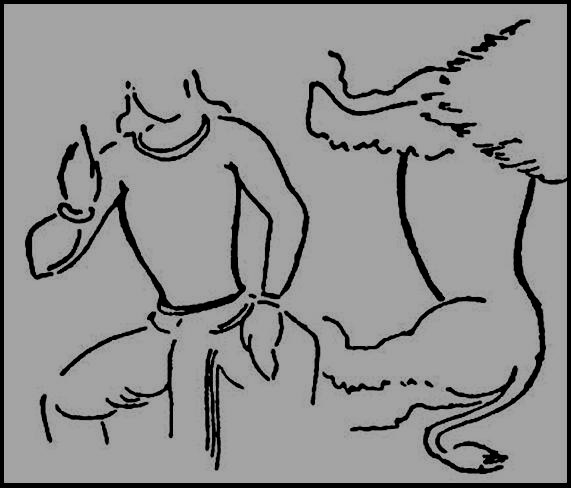
simha-kati (body-of-a -lion)
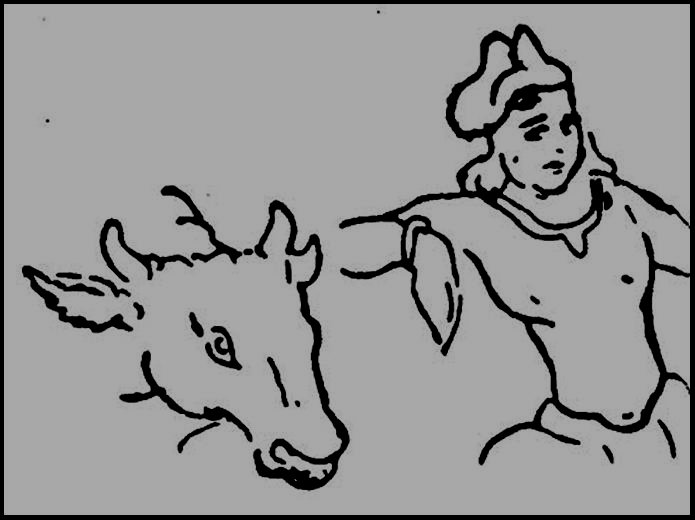
gomukha khanda (cow's-head)
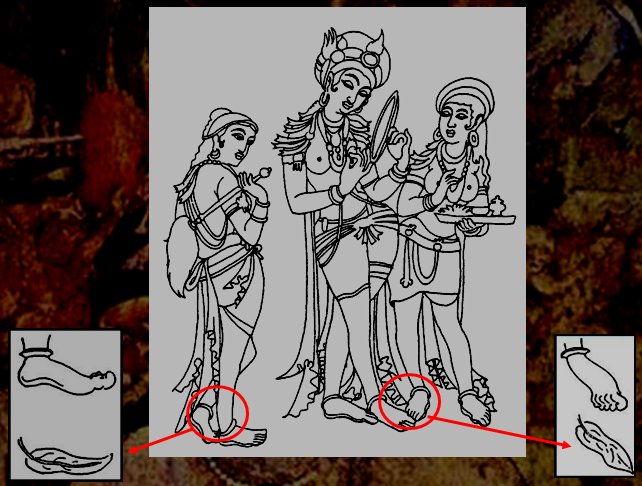
pada-pallava (feet-like-leaves)
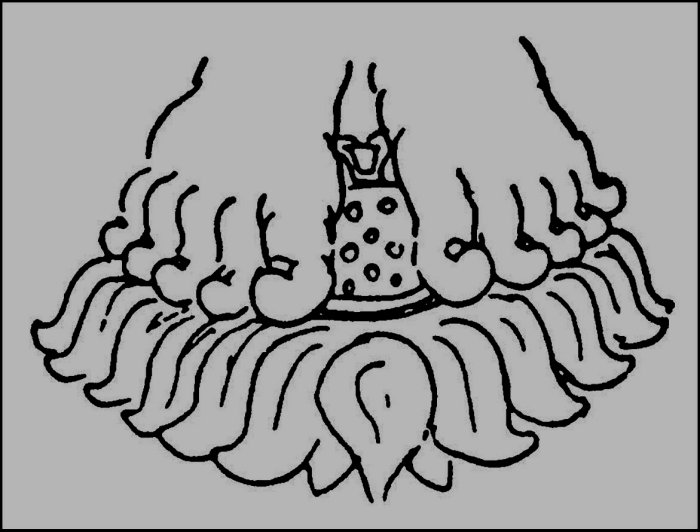
charana-kamala (feet-like-lotus)
Body postures (sthana-s)
In Indian tradition the postures
of the body, were identified and distinct terms were used to cover
the entire range.
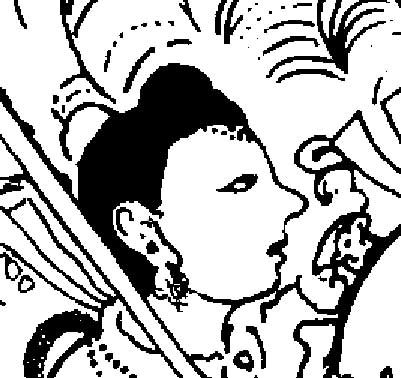
rijva-gata (Strict profile)
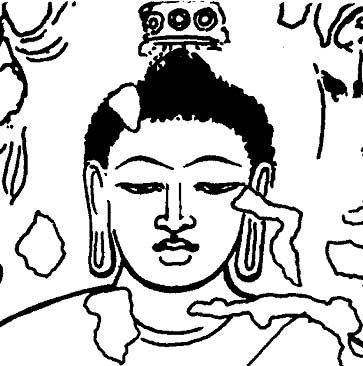
parshva-gata (Frontal)
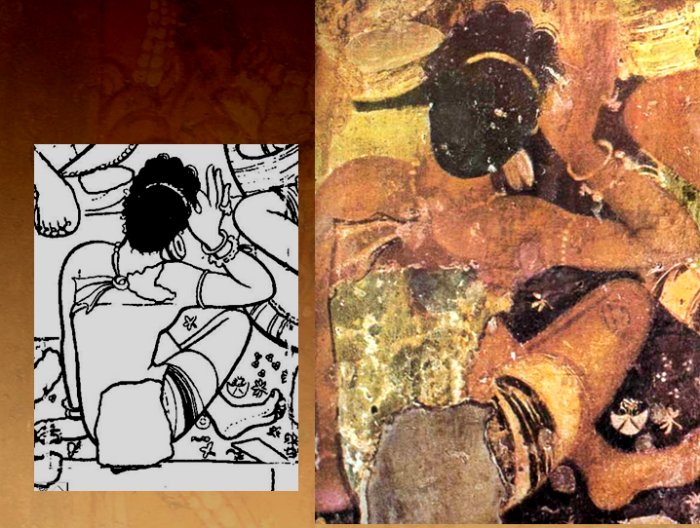
A woman listening to a sermon
is an excellent study
Shankha-pala Jataka, Cave 1
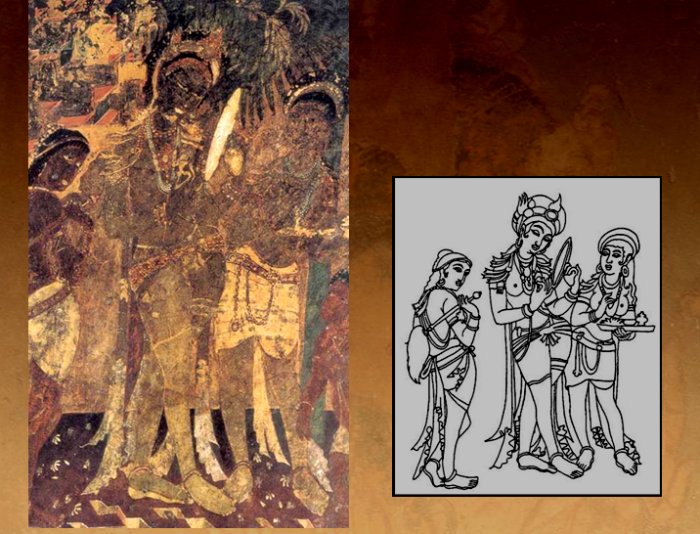
The three women are in different
postures;
another example of elegant poses,
Cave 17
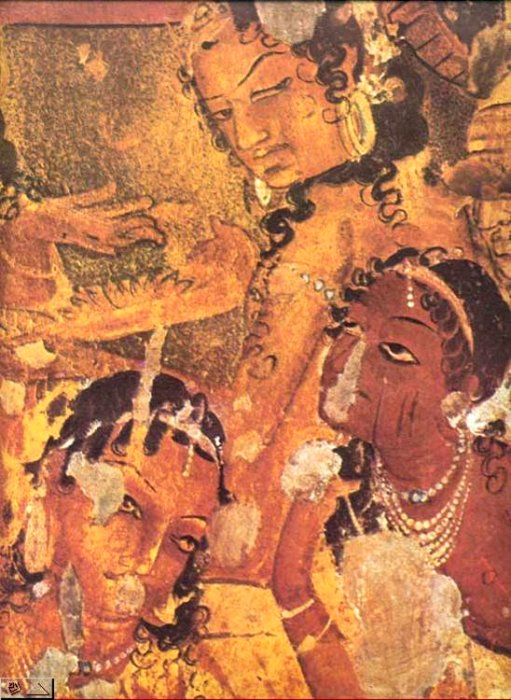
This is particularly so with
the depiction of women shown in congregation
Chempayya Jataka, Cave 1
Draughtmanship
Drawings with a free flowing sweep
of the brush to depict oval faces, arched eyebrows, aquiline noses, and
fine sensitive lips are aplenty on the walls of Ajanta.
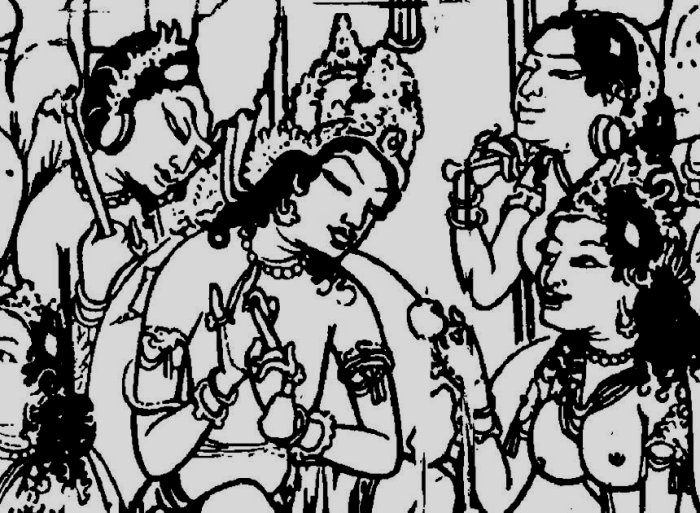
Maha-janaka Jataka, Cave 1
A relaxed monkey, consisting basically
of one masterly sweep of brush starting beneath chin and forming a curve
outlining head and spine and terminating beneath knee-cap.
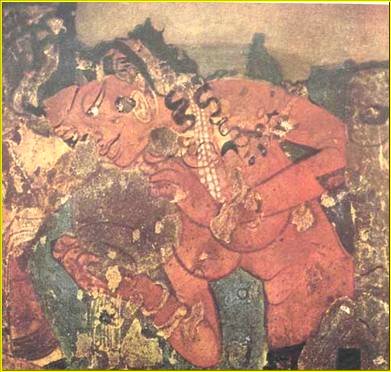
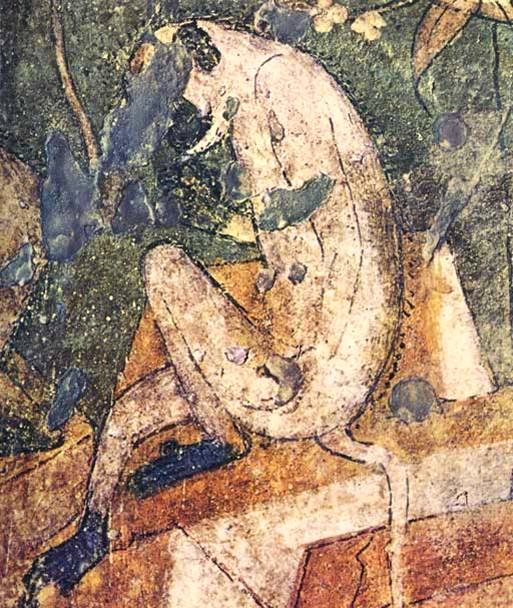
Shad-danta Jataka, Cave 17
Back
|